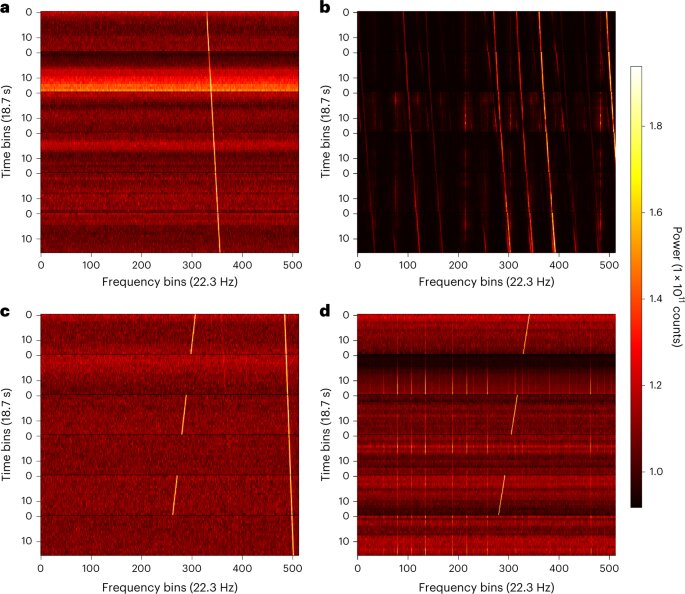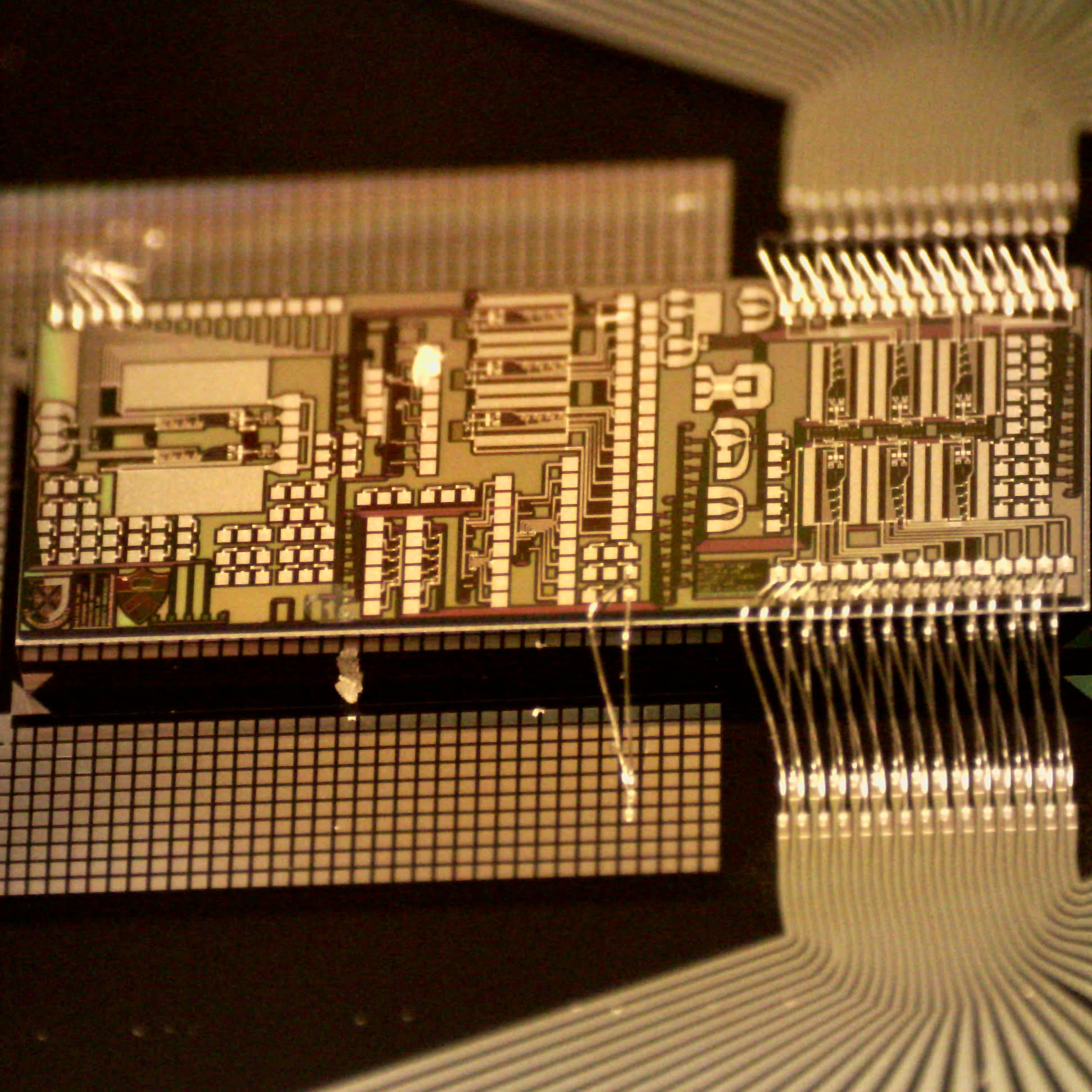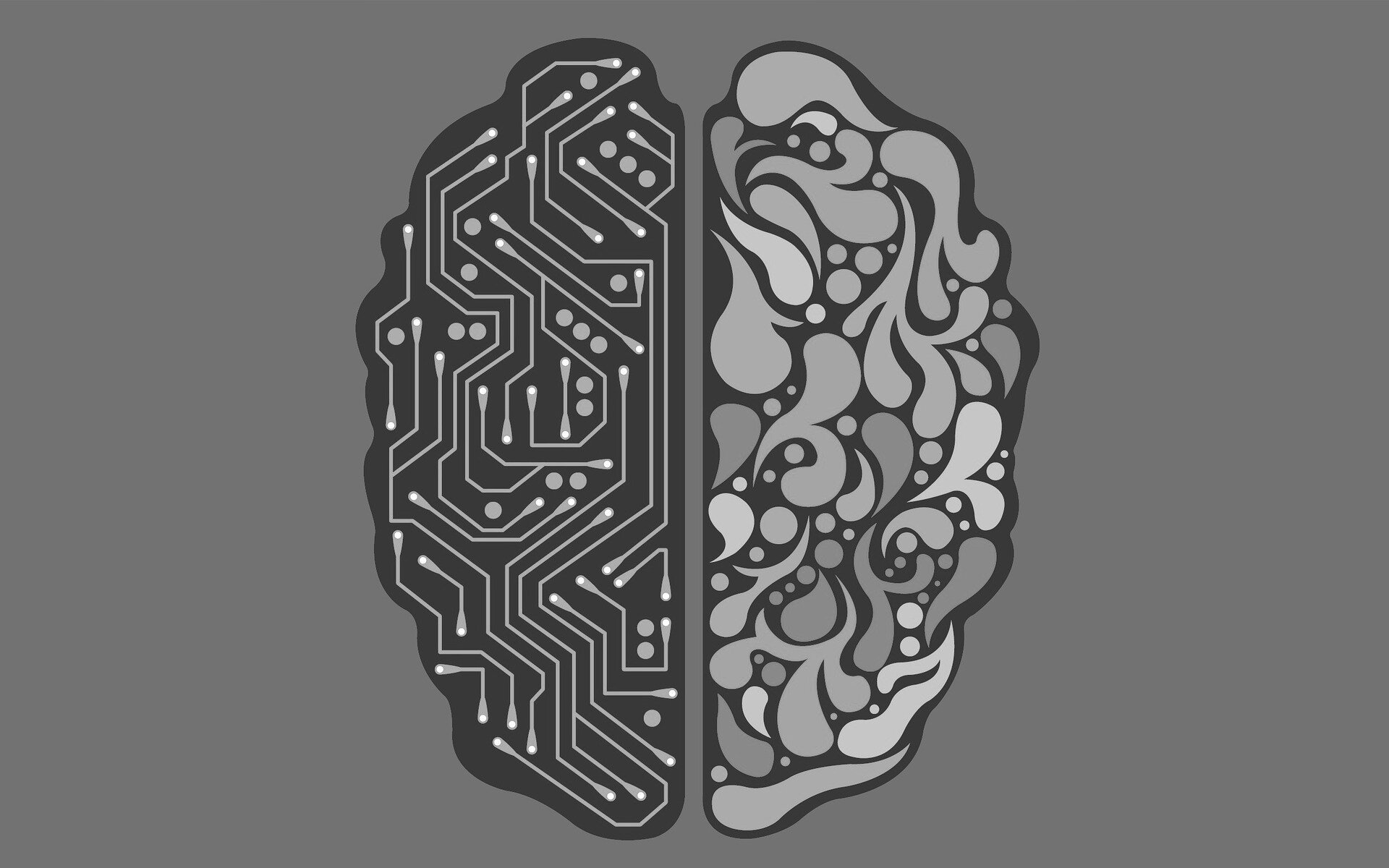
Researchers have applied a deep learning technique to a previously studied dataset of nearby stars and uncovered eight previously unidentified signals of interest.
When pondering the probability of discovering technologically advanced extraterrestrial life, the question that often arises is, “if they’re out there, why haven’t we found them yet?” And often, the response is that we have only searched a tiny portion of the galaxy. Further, algorithms developed decades ago for the earliest digital computers can be outdated and inefficient when applied to modern petabyte-scale datasets...
Read More








Recent Comments